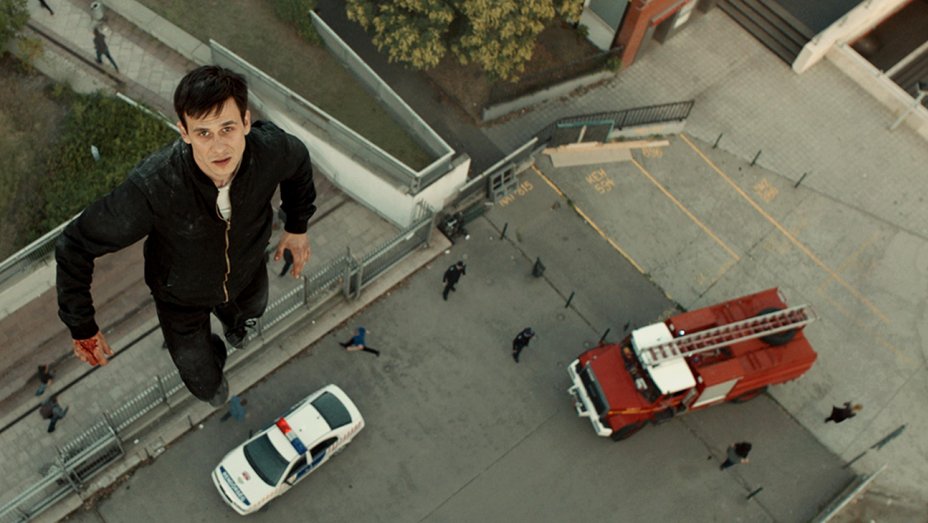
Image Courtesy of Cannes Film Festival
CANNES FILM FESTIVAL 2017
'Jupiter's Moon' emphasizes style over substance
By Sydney Cohen, Daily Arts Writer
Match Factory Productions

Image Courtesy of Cannes Film Festival
How does one negotiate playful superhero elements with complex social issues? “Jupiter’s Moon”, a film by Hungarian director Kornél Mundruczó, attempts to do just that — with a unique fusion of sci-fi fantasy elements in a gritty sociopolitical context. Set in Hungary during the current Syrian refugee crisis, “Jupiter’s Moon” aims to spotlight the Hungarian government’s response to refugees and the overarching instability of life as a displaced citizen through the events of a man with the power of levitation.
The film starts out strong with a captivating opening sequence of beautiful chaos in which smuggled refugees are stopped and rounded up by border control. The scene is ripe with fear and panic, yet composed of one seemingly continuous shot that creates an artistic lens through which one views the tumultuous and violent situation. The camera follows one man in particular as he weaves jarringly through border control officers and terrified refugees. The man, later identified as Aryan, eventually comes to a clearing, where he is surprised by an officer and shot three times in the chest. However, instead of dying, the man rises into the air slowly and dramatically.
The film contains multiple levitation sequences that highlight Kornél Mundruczó’s skill as a director and Marcell Rév’s skill as a cinematographer. Rather than using the conventional comic representation of flying, these men create a gorgeously crafted image of levitation that breaks the boundaries of cinematography; here, the camera breaks the 180-degree rule, and instead moves on a spherical plane that mirrors Aryan’s rotations. Against an underlying classical score, the camera moves in one slow-motion continuous shot along an imperfect swirling orbital path, revealing glimpses of Aryan’s own rotating form along with beautiful images of the surrounding scenery. In effect, the viewer experiences a floating sensation themselves, creating a participatory nature for the viewing experience that further transforms this thriller into a stylized art film.
However, the cinematography is perhaps the only strong point of this film. Initially, Mundruczó sets up an interesting story — a refugee gains the power of levitation, and a disgraced doctor manipulates and exploits him for personal financial gain. From the onset, the film appears to be constructing a social commentary on refugees and their immobility and powerlessness among a dominant European society. But the film quickly takes a turn for the worst, becoming confusing, convoluted and contrived. After resident doctor Stern finds and rescues Aryan from the transit camp, the plot becomes nonsensical; the motivations of the characters are unexplained and their actions subsequently become formulaic plot points that don’t align with the initial story. Furthermore, the film involves irregular religious references that sometimes paint Aryan as an angel-on-earth but do not go deep enough to create any allegorical significance. Finally, the film is stuffed with an excessive amount of gratuitous action and chase scenes that take away from its sociopolitical commentary and add nothing to deepen the plot.
Though brimming with initial promise, “Jupiter’s Moon” fails to deliver an innovative blend of genres or make any meaningful commentary of the experience of Syrian refugees in Europe. With an overemphasis on action and a lack of character development, Mundruczó’s film leaves viewers unsatisfied and exhausted.